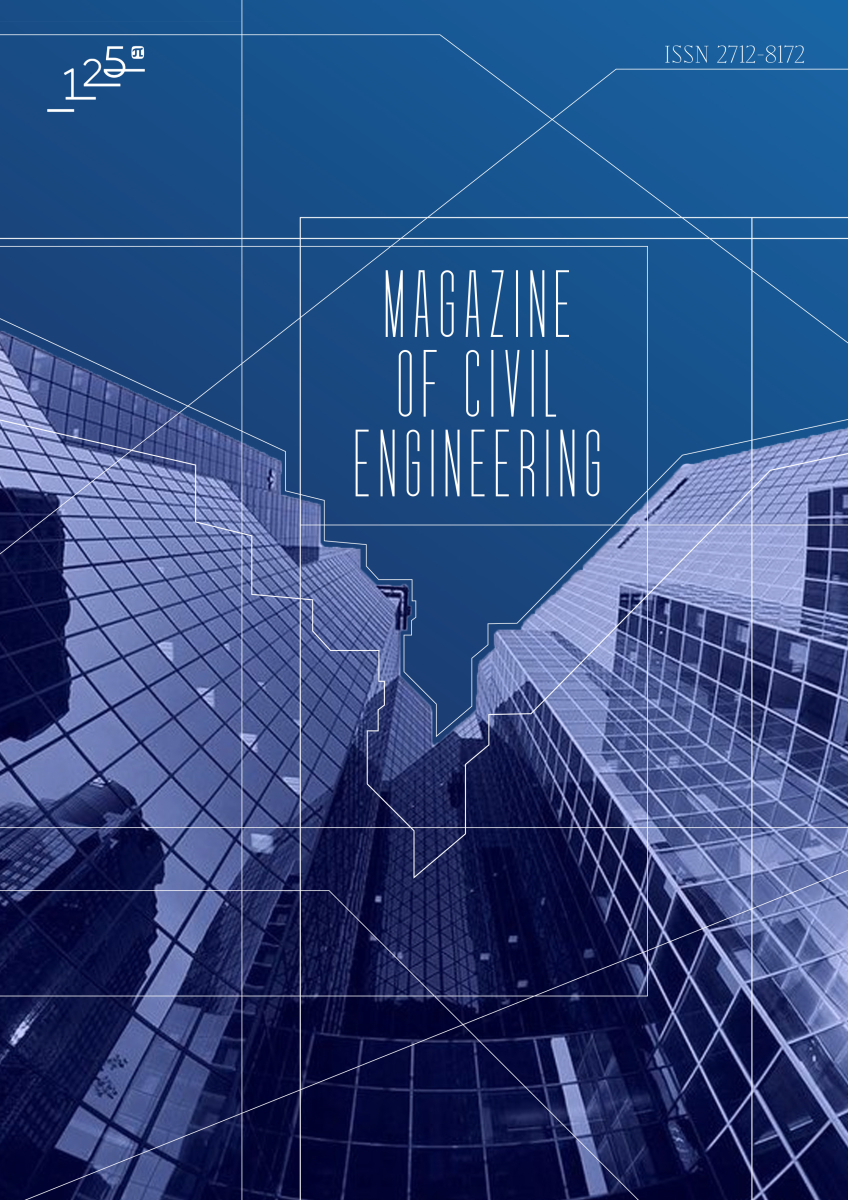The shear behavior of Anchored CFRP Strengthened RC beams
The primary objective of this paper is to study the effectiveness of anchorage on the performance of shear deficient beams externally strengthened with carbon fiber-reinforced polymers (CFRP) composites. The overall behavior of the tested beams loaded up to failure, the onset of the cracking, and crack development with increased load and ductility were described. The use of CFRP composites is an effective technique to enhance the shear capacity of reinforced concrete (RC) beams. The externally bonded CFRP can increase the shear capacity of the beam significantly making it 15–34 % more than that of the control beams, depending on the variables investigated. The use of CFRP composites is an effective technique to enhance the shear capacity of RC beams by using CFRP strips anchored into the tension side and from the top. Bonded anchorage of CFRP strips with width of 0.1h, 0.2h, and 0.3h to the beam resulted in a decrease in average interface bond stress and an increase in the effective strain of the FRP sheet at failure. This resulted in a higher shear capacity as compared with that of the U-wrapped beams without anchorage as well as helped delay or mitigate the sheet debonding from the concrete surface. Finally, an inclusive assessment of the NLFEA results is conducted using a large test database of well-known shear strength models.


